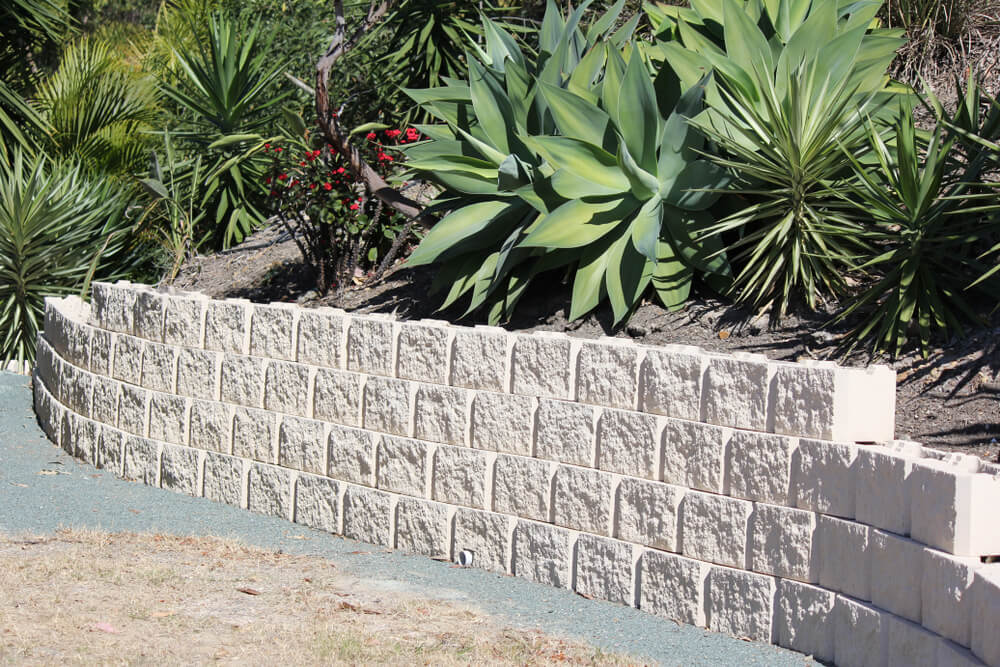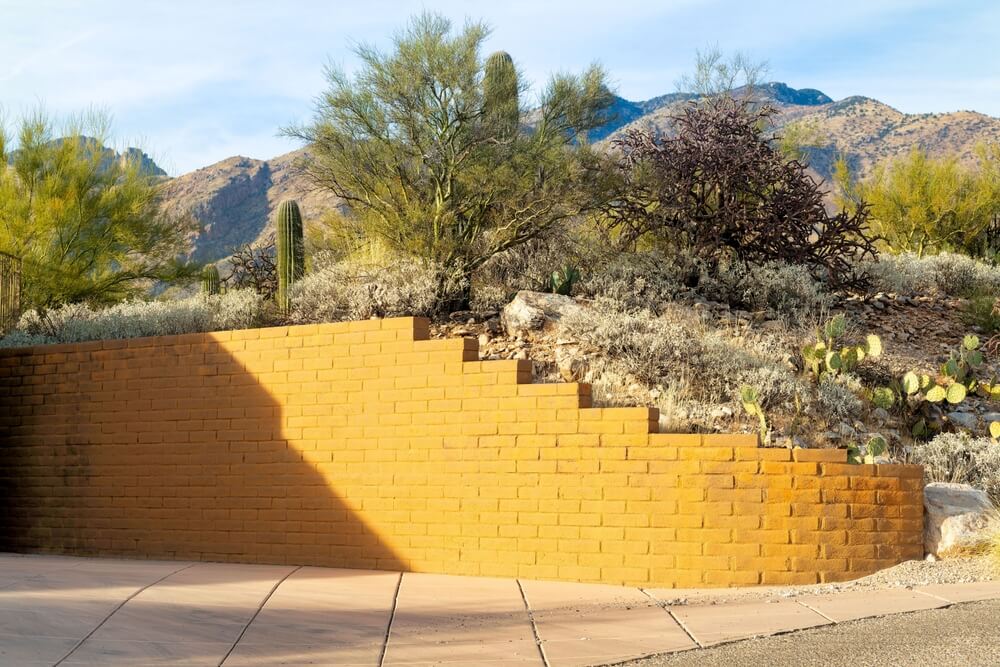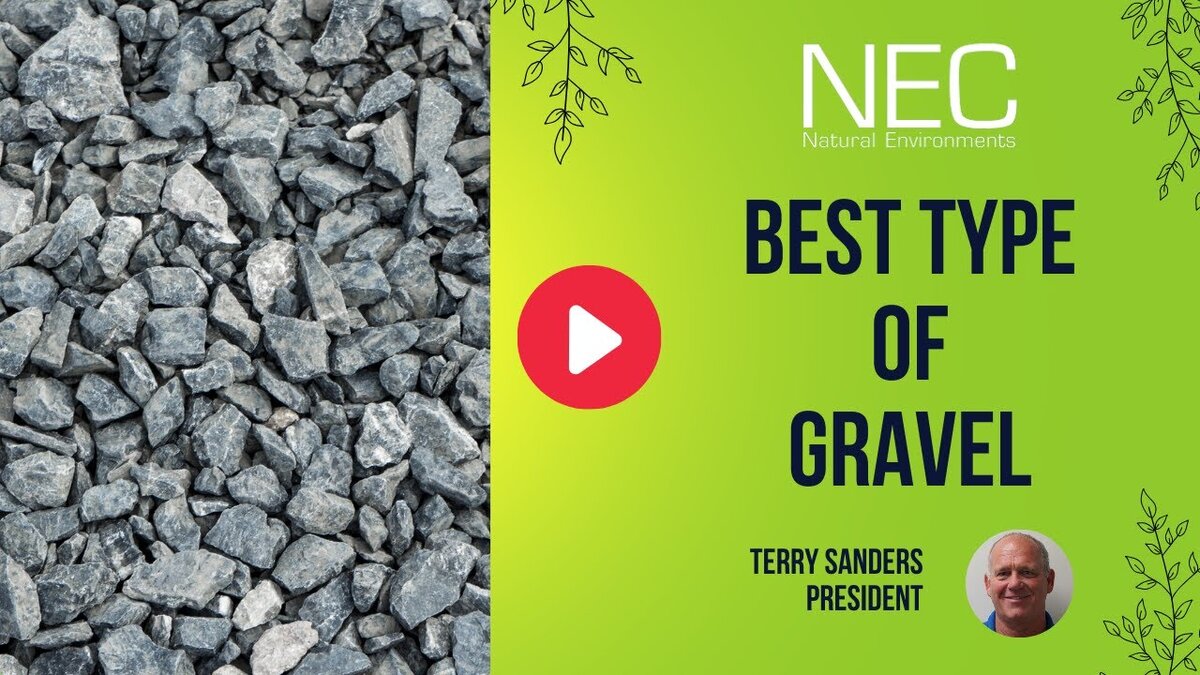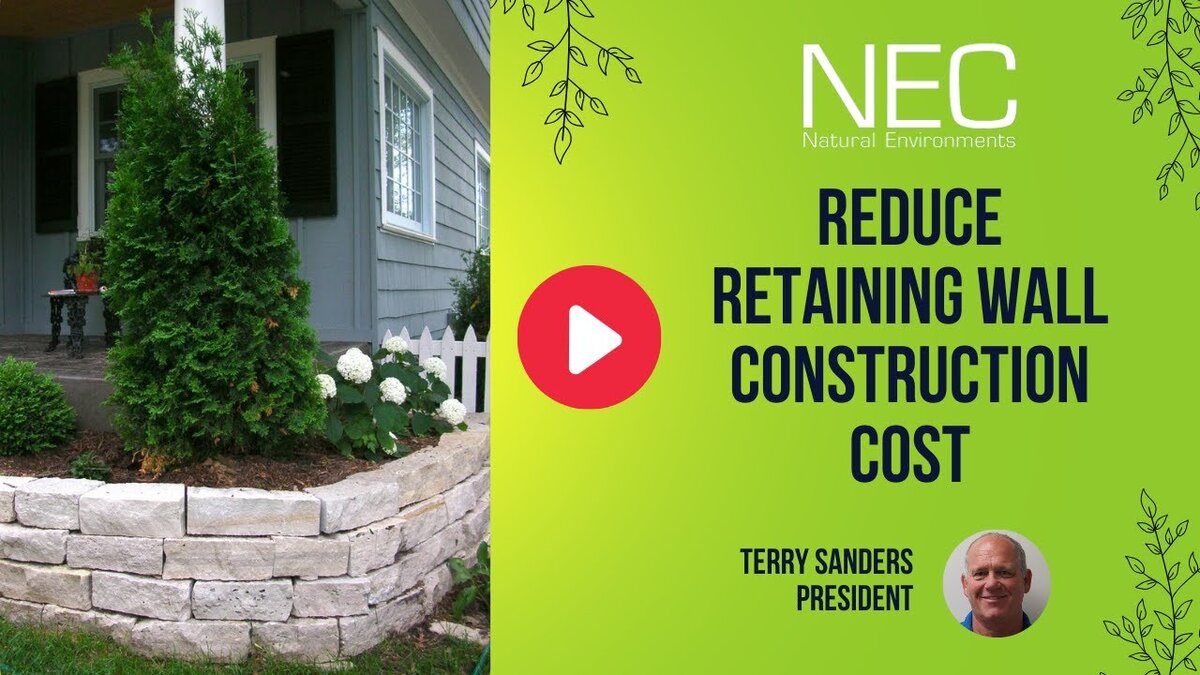Retaining walls play a crucial role in managing sloped terrains by holding back soil, preventing erosion, and maintaining the stability of landscaped areas. Ensuring the correct alignment of these structures is vital for their effectiveness and longevity, with one key aspect being the orientation of the wall relative to the vertical plane.
The Concept of Setback in Retaining Walls

The term ‘setback’ refers to the slight backward inclination of a retaining wall from its base. This is also known as the ‘batter’ of the wall. The purpose of this design is to enhance the stability of the wall under soil pressure from behind. By leaning back slightly, the wall can more effectively resist the lateral forces exerted by the soil it is meant to retain.
Degrees of Setback: How Much Should a Wall Lean?
The degree of setback varies depending on the type of retaining wall and the engineering requirements of the project. For some walls, a minimal lean, nearly imperceptible to the naked eye, suffices. In other cases, especially where higher loads are expected or where the soil is particularly aggressive (like expansive clays), a more noticeable angle may be necessary. The specific angle is often determined by structural calculations that consider soil characteristics, wall height, and load-bearing requirements.
Dangers of Forward Tilting in Retaining Walls
While a backward lean is a sign of proper design, a retaining wall that tilts forward is a significant cause for concern. This tilting forward, often referred to as overturning, is a clear indication of potential or ongoing failure. Such movement suggests that the wall is unable to cope with the pressures being applied by the earth behind it. Forward tilting can lead to catastrophic failure modes such as sliding, toppling, or collapsing, posing serious risks not only to the structural integrity of the wall but also to public safety.
Signs and Causes of Overturning
Forward tilt in a retaining wall can be caused by several factors including inadequate foundation, poor drainage, substandard construction practices, or the absence of a proper batter. It’s also possible that over time, external conditions such as water logging, additional loads (like new construction near the wall), or even root growth from nearby vegetation could undermine the stability of an existing wall.
Maintenance Tips to Prevent the Tilting of Retaining Walls
Regular inspections and maintenance are critical in preventing the forward tilting of retaining walls. Here are some steps you can take to ensure the health of your retaining wall:
- Inspect Regularly: Check for signs of wear and tear, cracks, or tilting during different seasons, especially after heavy rains or seismic events.
- Ensure Proper Drainage: Water should never pool behind the wall. Ensure that drainage systems like weep holes or drainage tiles are functional and clear of debris.
- Consider Professional Assessment: If there are signs of significant leaning or other distress, it might be wise to consult with a structural engineer who can assess the wall’s condition and recommend remedial measures.
Conclusion

A retaining wall should not be vertically aligned; instead, it should feature a controlled setback to effectively counteract the lateral pressures of retained soil. This slight backward leaning is a critical feature that contributes to the wall’s stability and durability. Conversely, any indication of forward tilting should be addressed promptly to prevent failures. With proper design, construction, and maintenance, retaining walls will continue to be a reliable solution for managing sloped landscapes safely and effectively. If you notice any issues or need professional advice, do not hesitate to contact Natural Environments Corporation today for a consultation to ensure your retaining walls are performing as expected.



